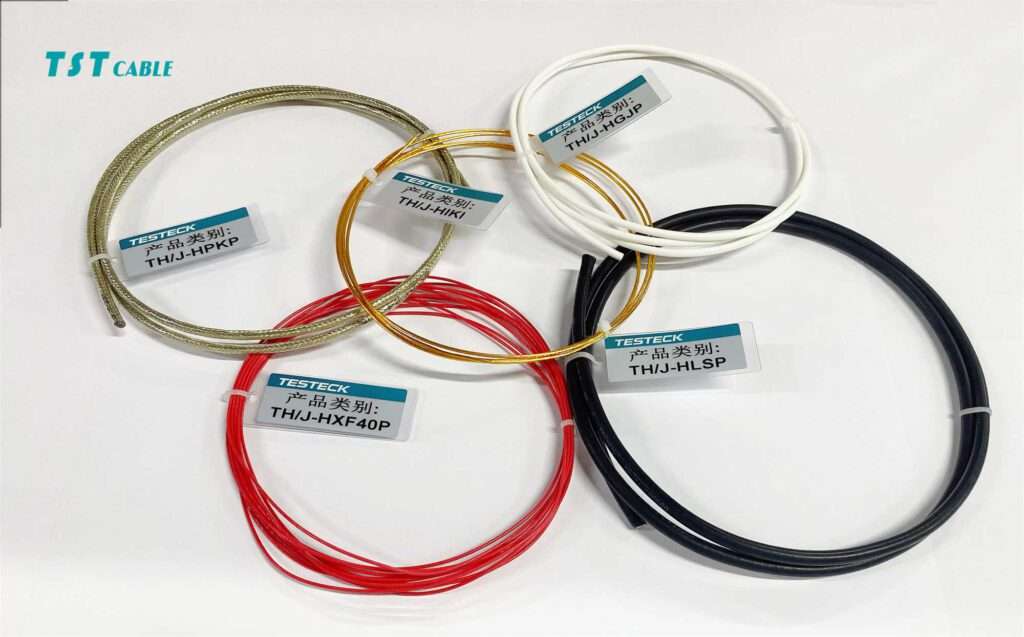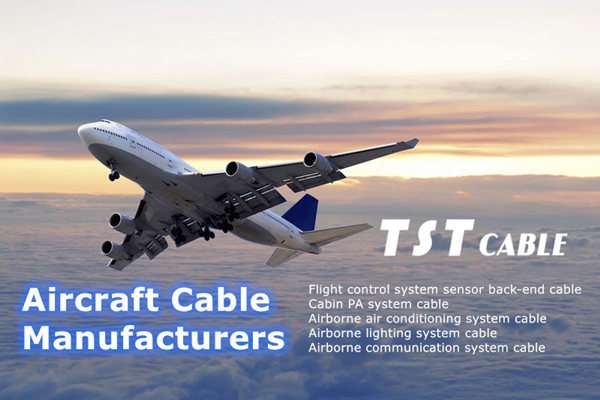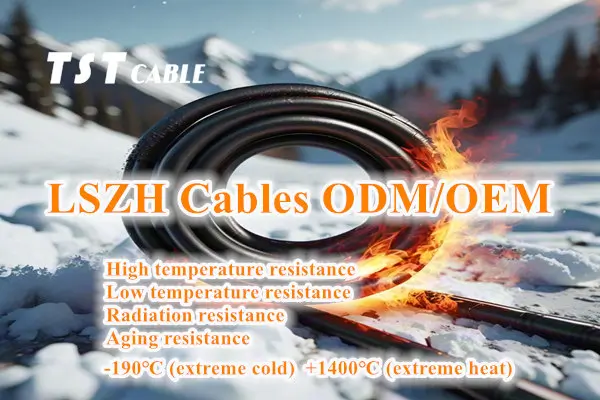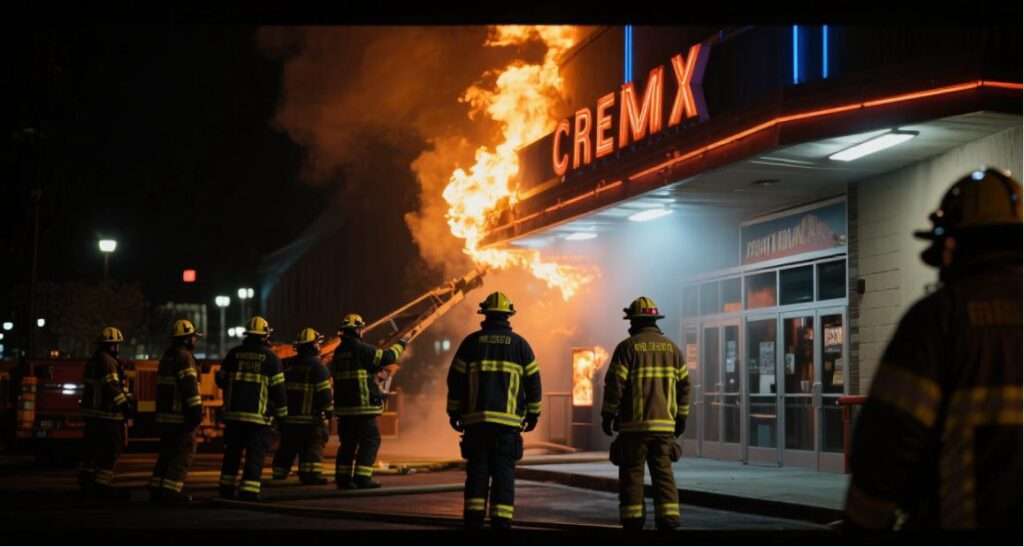
You may never have paid much attention to the wires in your walls or ceilings, but did you know? In a fire, it’s often not the flames themselves that truly claim the lives of the most vulnerable, but the smoke and toxic gases. Low-smoke, zero-halogen (LSZH) cables are quietly changing this tragedy—not only do they prevent fires, but they can also save lives.
The most deadly factor in a fire is actually the “invisible killer.”
Imagine: An office building fire breaks out late at night. The alarm goes off, and people rush to escape. But the hallway is filled with black smoke, and even a breath can make you choke and blind. This is likely due to the burning of traditional PVC cables. These cables release large amounts of hydrogen chloride gas, which turns into hydrochloric acid when in contact with water, corroding the respiratory tract. A few breaths can cause coma or even death.
TST CABLE low-smoke, zero-halogen cables are completely different: they use environmentally friendly materials instead of halogens, produce virtually no black smoke, generate no toxic gases, and are self-extinguishing. This means that in a fire, you can clearly see your escape route, breathe more safely, and significantly extend your prime escape time.
This isn’t an upgrade; it’s a lifesaver.
Industry Trend: Safety Standards Are Elevating, and LSZH Becomes a “Hard Barrier”
In the past, many buildings used conventional cables to save money. But now, the global trend has changed.
European and American countries have long mandated the use of low-smoke, halogen-free cables in crowded or high-risk locations, such as subways, hospitals, schools, high-rise buildings, data centers, and ships. The International Electrotechnical Commission (IEC) and national fire codes are tightening regulations, and China has explicitly recommended LSZH cables in standards such as GB 51348.
Why? Because the statistics are shocking: over 70% of fire deaths are caused by toxic smoke. LSZH cables can reduce harmful gas emissions by over 90%, making them the “cost-effective king” for improving public safety.
More importantly, as cities grow taller and underground spaces expand, evacuation becomes increasingly difficult in the event of a fire. Subway tunnels, underground shopping malls, and high-rise residential buildings have become accustomed to using LSZH cables—if they don’t, they’ll likely fail fire inspections.
Real Case Study: It Really Saved Lives
- The London Underground’s “Blood Lesson” and Awakening
In 1987, a fire at King’s Cross station in London killed 31 people. An investigation found that one of the culprits was the highly toxic smoke released by the burning cables. This tragedy directly prompted the UK to completely ban halogen-containing cables, and subway systems around the world followed suit. Today, new subways around the world almost exclusively use LSZH cables.
- Shanghai Office Building Fire: Someone Escaped Thanks to a “Smoke-Free Egress”
In 2022, a fire broke out in the computer room of a 28-story office building in Shanghai. Because the entire building was equipped with TST CABLE low-smoke, halogen-free cables, the fire did not spread, and the smoke was minimal. Surveillance footage showed that occupants could still see the signs in the dense smoke, and all escaped safely, with no casualties. Firefighters also reported, “This rescue was much easier, with improved visibility and less equipment damage.”
- Singapore Changi Airport Terminal 5: Designed with LSZH from the outset
This new terminal, one of the world’s busiest, explicitly mandated that all cables meet low-smoke, zero-halogen standards. “With passengers coming from all over the world, safety cannot be compromised,” said the project manager. “We’d rather spend 5% more than risk lives.”
Future: From “Passive Safety” to “Intelligent Protection”
Now, LSZH cables are no longer an expensive option. With the maturity of domestic material technology and a significant drop in cost, they are increasingly being adopted in residential buildings and renovations of older residential areas.
Even more exciting is that TST CABLE’s new generation of LSZH cables incorporates intelligent monitoring capabilities: built-in sensors report real-time temperature and aging status, providing early warning of overloads or short circuits, truly preventing problems before they occur.
A single cable, seemingly insignificant, can determine life or death. TST CABLE’s low-smoke, zero-halogen (LSZH) cable may not be flashy or ostentatious, but its proven performance of “low smoke, non-toxic, and flame-retardant” quietly protects lives in every building, on every subway train, and on every ship.
It’s not a high-tech star, but it is the most reliable “safety baseline” for modern cities.
Choosing the right cable can literally save lives.
Also available in:
English





